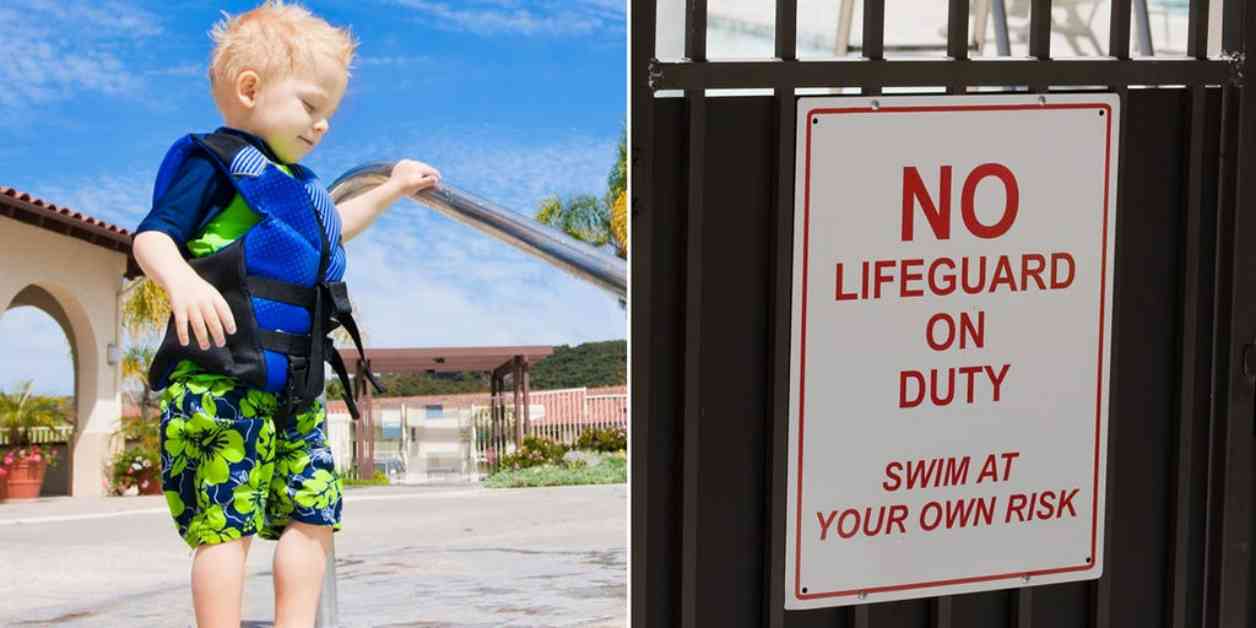When the summer heat arrives, pools open up, and swimming becomes a common activity. However, it’s crucial to remember that drowning is a leading cause of death among young children. According to the American Red Cross, drowning is the most common cause of death for children aged 1 to 4, with 87% of incidents occurring in home pools or hot tubs. As children get older, lakes and ponds pose a higher risk.
Dr. Corinne Bria, a pediatric emergency medicine physician, emphasizes the importance of educating parents and caregivers on water safety. She stresses the significance of proper supervision, selecting appropriate flotation devices, caution around shallow water, fencing off pools, enrolling children in swim lessons, and knowing how to perform CPR in case of an emergency.
1. **Ensure proper supervision:** Direct supervision, where an adult is physically in the water with the children, or touch supervision, where there is a designated adult monitoring the children around water, is crucial. Drowning is a silent process, so constant vigilance is necessary.
2. **Choose a proper flotation device:** Children should always wear U.S. Coast Guard-approved life jackets or life preservers based on their weight. Properly fitting vests are essential to prevent accidents.
3. **Use caution around shallow water:** Even shallow water poses risks, especially for infants and small children. Supervision is necessary even in seemingly safe environments like backyard pools.
4. **Enclose pools with fences:** Installing secure fences around pools significantly reduces the risk of drownings. Fences should be at least 4 feet high, climb-proof, and have a self-closing gate.
5. **Enroll children in swim lessons:** Formal swimming lessons have been shown to reduce drowning risks among young children. Starting lessons early can equip children with essential skills.
6. **Act quickly and perform CPR:** In the event of a drowning, swift action is crucial. Remove the child from the water, call 911, and begin CPR immediately. Knowing how to respond in an emergency can save lives.
Learning CPR and staying informed about water safety guidelines are essential steps in preventing drowning incidents. Regularly refreshing CPR skills and staying updated on safety measures can make a significant difference in saving lives. Remember, drowning can happen to anyone, so taking proactive steps to mitigate risks is vital. Stay informed, stay prepared, and keep children safe around water.




